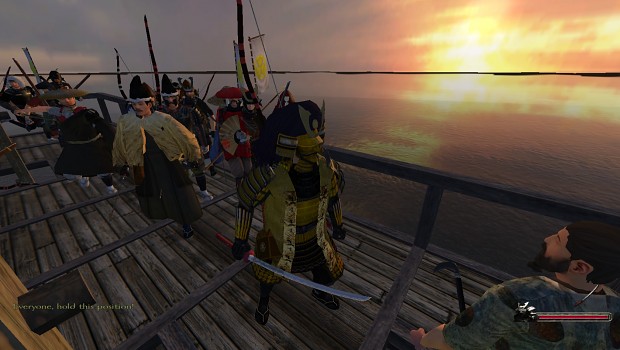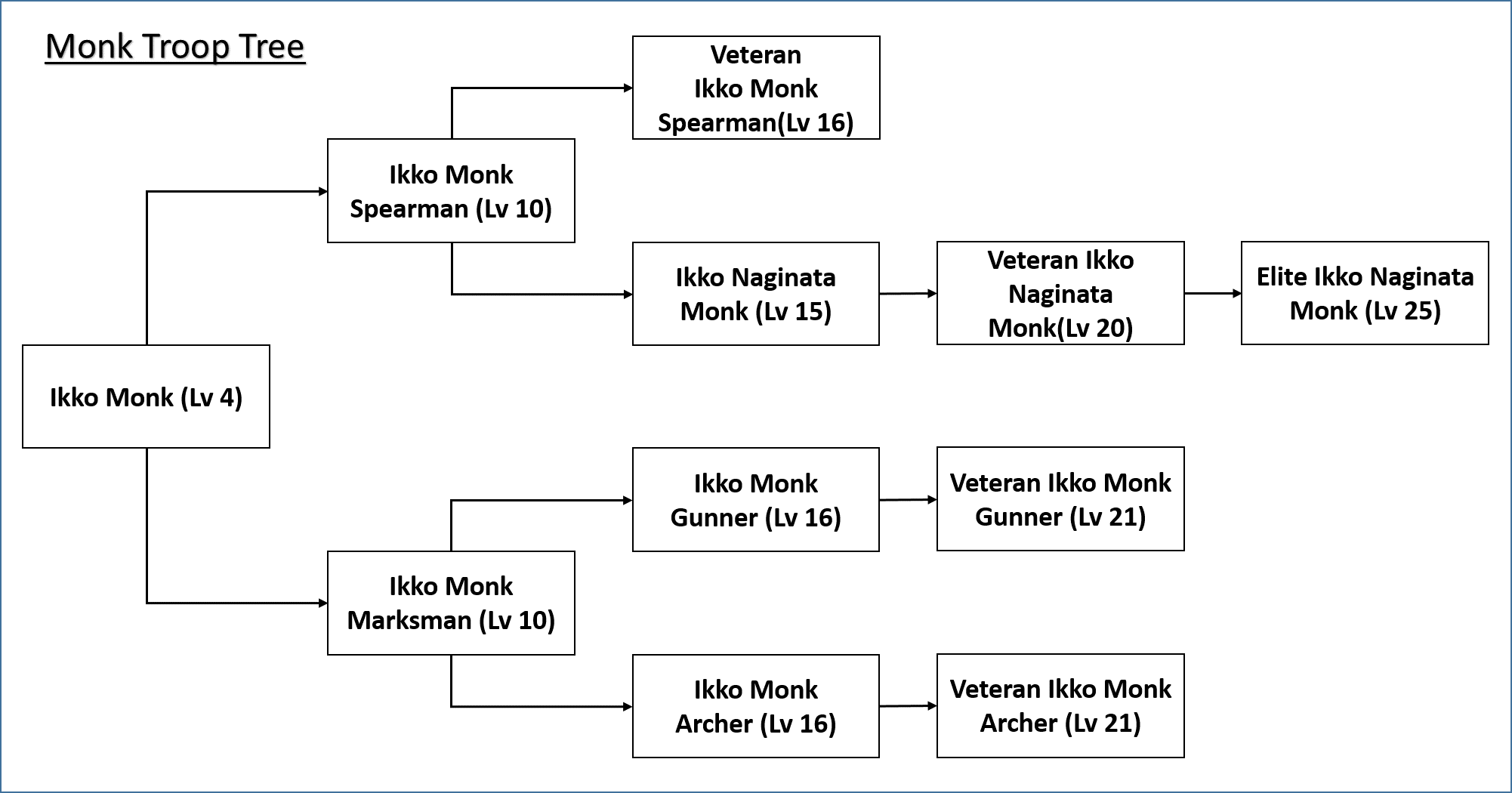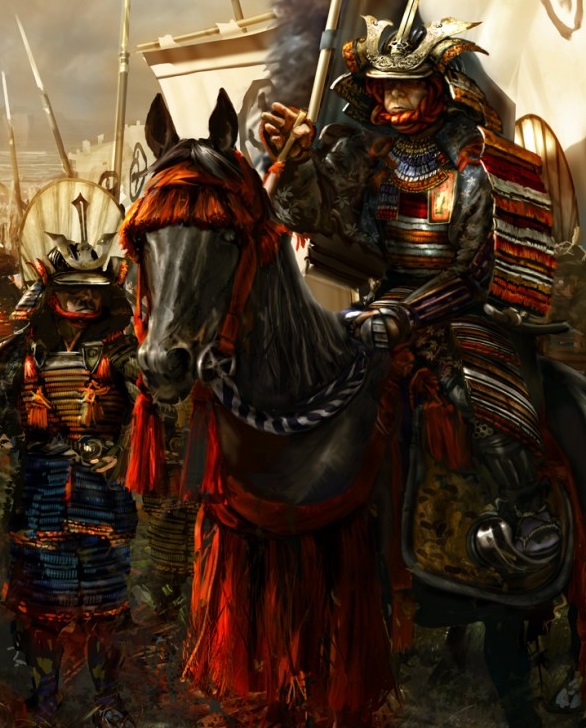

The term also appeared in the phrase "Those who establish themselves by gekokujo overthrowing their lords " in the book "Scrawlings from the Nijo gawara," coming to be used as a symbol of the social tendencies of the Sengoku Period Period of Warring States in Japan. This page uses Creative Commons Licensed content from Wikipedia view authors.Gekokujo "the low overturning the high," a term used to describe retainers overthrowing their lords describes situations in Japanese history that occur when a person of lower rank overthrows a superior either politically or militarily, and then supplants the superior's position in society.Īs a term, gekokujo was in use from the Kamakura period through to the period of the Northern and Southern Courts Japan examples of gekokujo include the scoundrels that started to appear near the end of the Kamakura period who fought against the authorities in order to protect their own vested interests, as well as the anti-authoritarian social movement known as " basara " "vajra" in Sanskrit that occurred during the Nanbokucho period. War and State Building in Medieval Japan, p.

Sign In Don't have an account? The origins of Japan's medieval world: courtiers, clerics, warriors, and peasants in the fourteenth century, p.

While the leaders of the February 26 Incident were subjected to quick secret trials and executions, the episode is widely seen as the last and most serious event leading to the breakdown of party politics and the dominance of the military in Japanese government affairs until the end of World War II. Although criminal prosecutions did ensue, in many of the incidents the defendants' testimony declaring their motives led to widespread public support and most often resulted in comparatively light punishment. The most spectacular episodes were the May 15 Incident in which junior navy officers and army cadets assassinated Prime Minister Inukai Tsuyoshi and the February 26 Incident involving Tokyo troops in a failed coup. Army officers engaged in provocative attacks in Manchuria in attempts to create justification for seizing territory from China. This happened in Manchuria and Tokyo several times during the s. During this period vassals betrayed their lords and were in their turn were in danger of overthrow from below.Ĭlerics and peasants sometimes formed ikko-ikki in rebellion against the daimyo and succeeded, for a time, in establishing independent realms.

Without the imprimatur of the shogunate, provincial daimyo were vulnerable to being overthrown by forces both from without and within their domains.


 0 kommentar(er)
0 kommentar(er)
